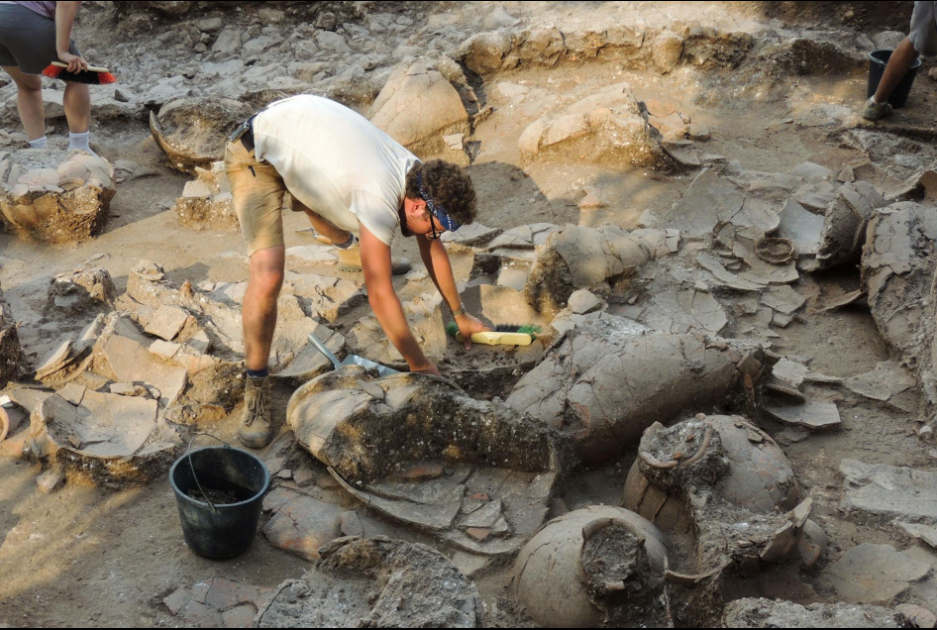A new paper was recently published in PLOS ONE by Michael Lazar, Eric Cline, Roey Nickelsberg, Ruth Shahack Gross, and Assaf Yasur Landau. The paper deals with the abandonment of the MB palace at Kabri. For years there has been much speculation surrounding the abandonment of the Middle Bronze Age IIB palace of Tel Kabri, ca. 1700 BCE. There are no weapons, hoards of money and jewelry, or visible evidence for fire, which rules out hostile attack or conquest. There are also no indications of drought or environmental degradation that might have forced the inhabitants to vacate the site, nor mass graveyards to indicate a pandemic.

The current study uses micro-geoarchaeological methods to show that the demise of the palace was rapid, with walls and ceilings collapsing at once prior to abandonment. Macroscopic data (stratigraphic and structural) from five excavation seasons were reexamined, showing that at least nine Potential Earthquake Archaeological Effects (PEAEs) are found and associated with the last occupation phase of the site’s palace. All lines of evidence point to the possibility that an earthquake damaged the palace, possibly to a point where it was no longer economically viable to repair.
Link to the PLOS ONE paper.
Link to the National Geographic cover of this study.
Photo by E. Cline.

